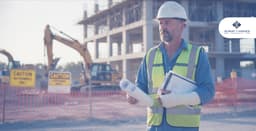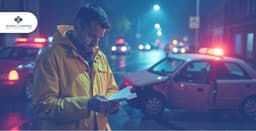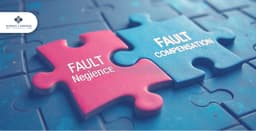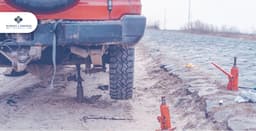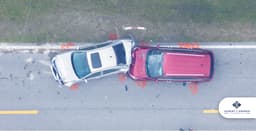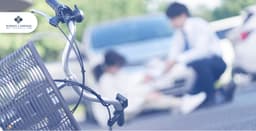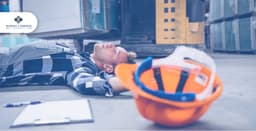
November 8, 2025
What to Do If You’re Injured on a Construction Site in Florida (Even If You’re Not a Worker)
Injured on a construction site in Florida? You might assume that only workers have rights when accidents happen; however, that is not the case. I’m Robert J. Johnson, and over the years I have helped people who never worked on a site yet faced injuries that changed their daily lives in an instant. Visitors, delivery drivers, even curious neighbors, if you are affected because someone did not secure the site properly, you could have options to protect yourself and your future.
I have seen situations where a single misstep, a loose plank, or a falling tool turned an ordinary day into a medical emergency, leaving people uncertain about what to do next. Many do not realize that even a short delay could limit the chance to hold the responsible parties accountable, and that is when the most difficult decisions begin.
1) Your Rights After a Construction Site Injury in Florida
Most people I talk to after a construction site accident start the same way. “I wasn’t even working there.” That line comes up so often because many think only workers can file claims. Florida law actually protects anyone who’s legally on a property.
If you get injured because a site isn’t managed safely, responsibility could fall on more than one person:
Property owners have to keep their space safe for everyone who’s allowed there. Broken pavement, loose wiring, or missing safety tape can all point back to them.
General contractors run the show. If they don’t secure open areas or post warning signs, that’s on them.
Subcontractors handle smaller jobs. If their materials or mistakes cause the hazard, they’re part of the problem too.
I once represented a delivery driver who stepped on an unstable plank while dropping off materials. He wasn’t part of the crew, yet the contractor had to answer for it.
I once represented a delivery driver who stepped on an unstable plank while dropping off materials, and even though he wasn’t part of the crew, the contractor was held responsible, according to the Florida Department of Financial Services claim reporting guidelines.
2) Steps to Take Immediately After a Construction Accident in Florida
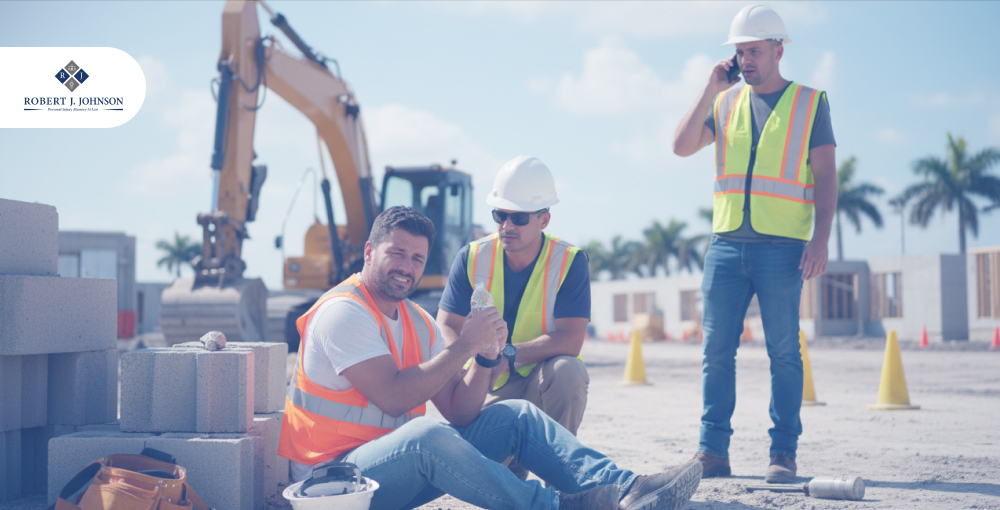
The first few minutes after something goes wrong matter more than people think. Staying calm and taking the right steps helps later when you file a claim.
Here’s what I always tell clients:
See a doctor right away: Even small injuries need medical proof. Doctors’ notes and scans show exactly when things happened.
Take photos or videos: Snap the area before it gets cleaned up or repaired. A client once filmed falling debris seconds after the accident. That short clip told the whole story.
Get names and contacts: Ask for witness info before people leave. A quick text or note in your phone can make a big difference later.
Report it in writing: Tell the site manager or property owner and ask for a copy. It becomes part of your record.
Once that’s done, keep every detail you can. The small stuff often ends up being what proves your case.
You can also check general workplace safety tips from OSHA, Florida State Plan to understand what construction sites must do to protect visitors and workers.
3) How Good Documentation Can Strengthen Your Florida Construction Site Injury Claim
Strong evidence keeps stories from turning into arguments. It’s what separates a solid claim from a doubtful one.
Here’s what to keep together:
Medical papers and bills: They show your timeline and how serious your injuries were.
Personal items: Torn clothes or scuffed shoes can back up what happened.
Your own written notes: Jot down what you saw, who was nearby, and what conditions were like.
One client had a photo of a safety cone lying flat beside a wet patch of cement. That single image made it clear the crew never fixed the hazard.
Once you have proof, the next challenge often comes from a familiar place, that is the insurance company.
4) What Happens When Insurance Companies Step In After a Construction Site Accident
Insurance reps usually sound friendly. They say they just want to “help.” In reality, they’re trying to save their company money.
Here’s how to handle it:
Be respectful, not chatty: Stick to facts. Don’t guess who was responsible.
Skip recorded statements: They’re often used later to twist your words.
Don’t predict your recovery: Wait until you finish treatment to talk about outcomes.
Call a lawyer first: Quick settlements often leave out long-term costs.
I had a client who accepted a fast offer that barely covered her first hospital stay. Later, she needed therapy that cost much more. Talking to a lawyer first could have changed everything.
Once insurance gets involved, having a strong advocate can make the difference between frustration and fair compensation.
5) How a Florida Personal Injury Lawyer Can Help After a Construction Site Accident
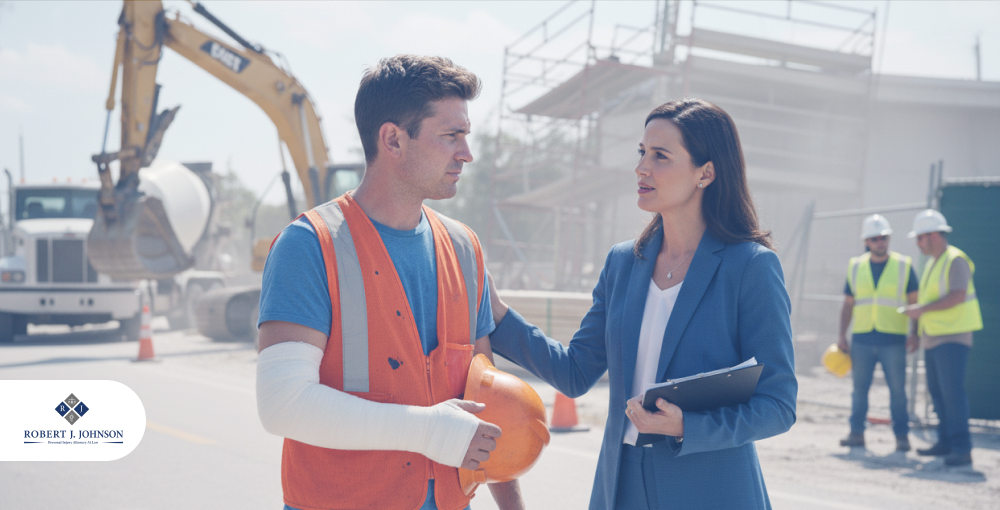
When people reach out to me, they’re often tired, stressed, and unsure about what to do next. My job is to lift that weight off their shoulders.
First, I figure out who’s responsible. Construction sites are crowded with contractors, owners, and crews. It’s easy for blame to get passed around. My team looks through reports, photos, and witness statements until we can connect the dots.
Then I handle insurance talks. Most cases end in settlements, not trials, although preparing for trial usually leads to better offers.
I remember a man who was walking his dog near a downtown project when loose metal pieces fell from above. Several companies denied involvement. After some digging, we traced it back to a subcontractor’s crew. Once that was clear, the case settled quickly.
Once liability is sorted, timing becomes the next big concern.
6) Florida Injury Compensation Deadlines You Should Know
Every state sets a time limit for filing injury claims. In Florida, you usually get 4 years from the date of the accident (Florida Statutes Section 95.11).
A few things to remember:
4 years is the standard: Miss it, and your right to file disappears.
Government projects move so fast: If public property is involved, the timeline can shrink to a few months.
The sooner you act, the better: Evidence fades, and witnesses forget details.
I once worked with a woman who fell near a city-maintained sidewalk. Because the city was involved, we had to move within months, not years. Filing quickly kept her case alive.
Once deadlines are handled, it’s important to understand when a claim might not apply.
7) When a Visitor Injury on a Construction Site Might Not Qualify for Compensation
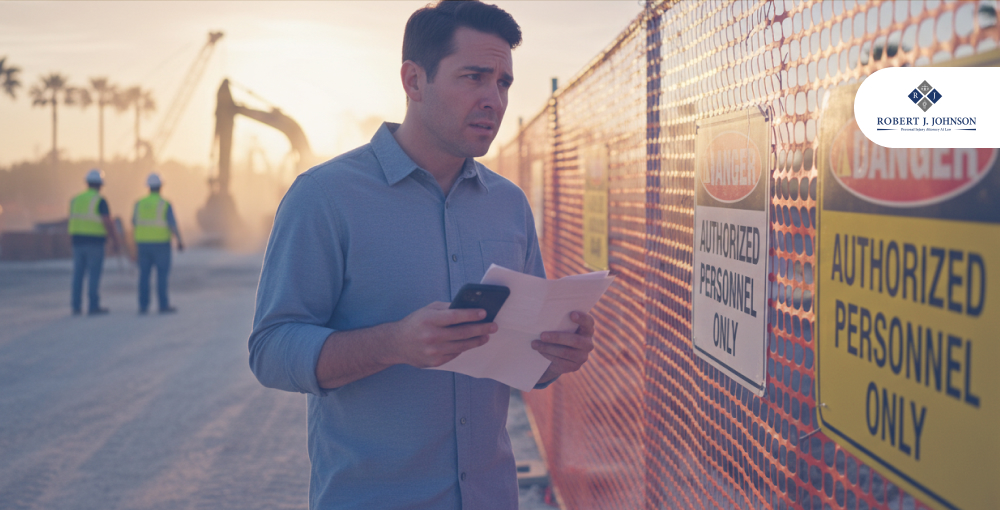
Not every situation qualifies for a claim, and being honest about that saves people time and stress.
Here’s when the law may not support you:
Trespassing: Entering without permission limits an owner’s responsibility.
Ignoring clear warnings: Walking past safety tape or “Do Not Enter” signs makes proving negligence difficult.
Delaying help: Waiting too long to see a doctor or contact a lawyer can weaken your claim.
I once spoke with someone who entered a fenced-off site after hours and tripped over tools. Since warning signs were visible, there wasn’t much to pursue. Still, it’s always worth checking, sometimes the details change everything.
And once you know where your case stands, the next step is figuring out how to move forward and rebuild.
Robert J. Johnson Knows What to Do When You’re Injured on a Construction Site in Florida
No one expects to leave a construction site with an injury. The noise, the rush, the confusion, it all happens before you can make sense of what went wrong. I’ve spoken with visitors, delivery drivers, and people just passing by who suddenly found themselves dealing with hospital visits and mounting bills.
My advice is simple. Focus on your recovery and let professionals handle the rest. The law is there to protect you when someone’s carelessness causes harm. Acting quickly, keeping records, and asking for guidance early can make a strong difference in how your case develops.
If you have been injured on a construction site in Florida, even if you were not working there, you do not have to face it alone. I’m Robert J. Johnson, and my team is ready to listen, review your situation, and help you understand your options clearly.
Contact us to talk about what happened and learn how we can help you move toward recovery and closure
